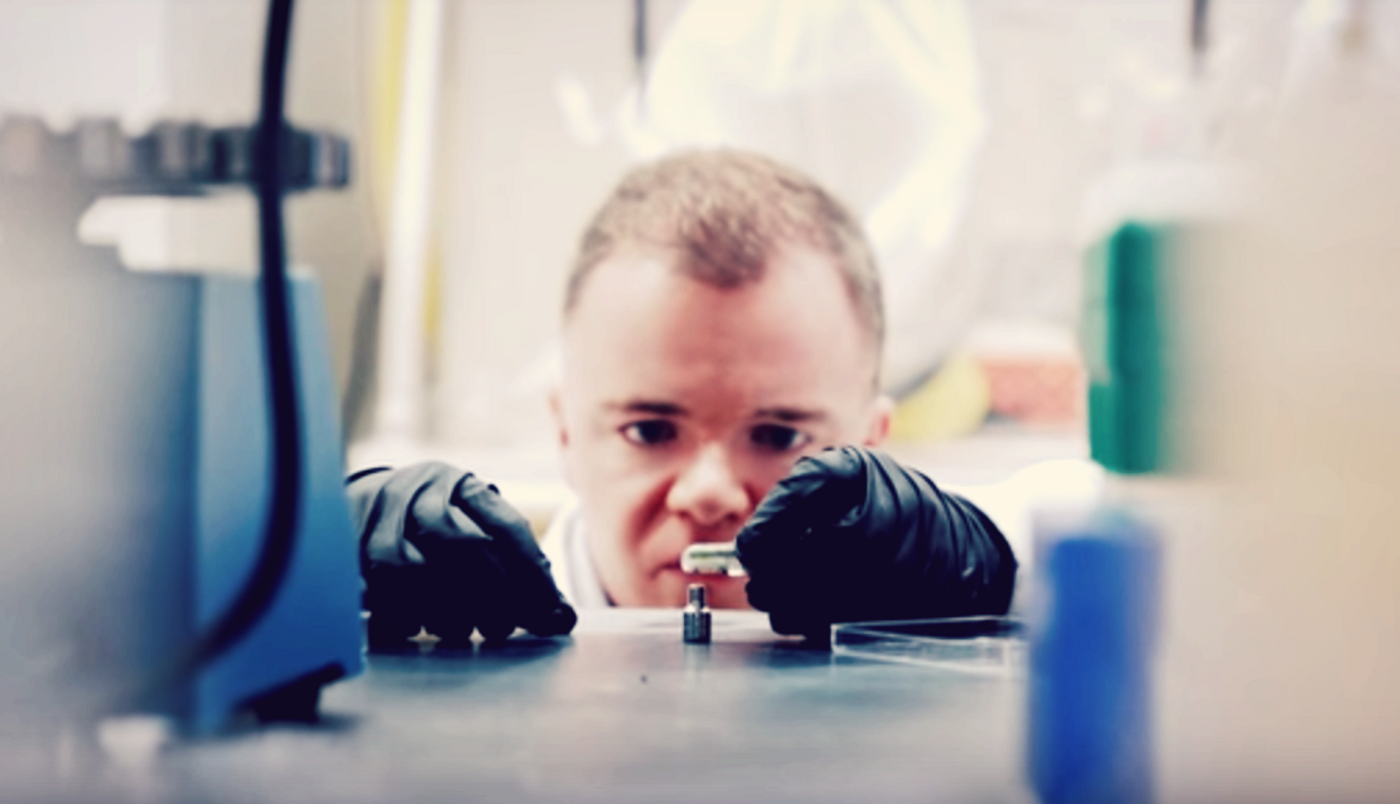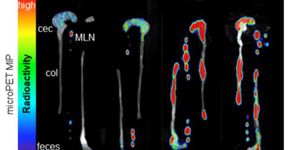Bacteria Capsule Finds Stomach Bleeding, Alerts Smartphone
MIT scientists have created an ingestible sensor that holds smart, genetically engineered bacteria. The bacteria is designed to react to bleeding in the stomach, and its low-power sensor can convey this response through an Android app. The team who created the beacon also think it can be used to test for other biomarkers of bodily concern and disease.
MIT Associate Professor Timothy Lu says they have successfully combined “engineered biological sensors together with low-power wireless electronics,” enabling them to provide “near real-time” detection of biological signals for diagnostic functions. The method has been successfully tested on pigs.
“Our idea was to package bacterial cells inside a device. The cells would be trapped and go along for the ride as the device passes through the stomach,” former MIT postdoc Phillip Nadeau says.
How the Sensor Works
Bacteria can be engineered to react to disease markers and other environmental stimuli. For example, they have previously been designed to glow upon contact with the target material. The bacterial cells in this device glow as well -- the difference is that the response can be measured as the sensor moves through the body. In the past, sensor reactions would generally need to measured in a lab.
The new MIT sensor holds the specialized bacteria in wells that are covered by a semipermeable membrane. Molecules from the devices environment, such as a patient’s stomach, enter and affect the bacteria. If it glows, a phototransistor measures the light and communicates the response to a microprocessor or computer processing unit. This data can be conveyed wirelessly to a nearby device like a phone, tablet or computer. An app has been created to deliver and analyze the information.
Sensor Test Results
In the case of measuring stomach bleeding, an engineered probiotic strain of E. coli was used that glows when it encounters heme, an iron-rich compound in blood. This sensor was tested in pigs and was able to correctly identify the presence of blood in the stomach. For future patients, this type of test could help them avoid an endoscopy to look for bleeding. After swallowing the sensor capsule, “within a relatively short period of time, you would know whether or not there was a bleeding event,” Graduate student Mark Mimee says. With further development, the sensor may be used for one-time usage or for a more prolonged period of days or weeks.
The researchers feel the 1.5 inch long prototype sensor can serve as a plug-and-play platform technology that can support many diagnostic applications. They plan to reduce its size and explore how long it could survive in the body. Mimee says:
Most of the work we did in the paper was related to blood, but conceivably you could engineer bacteria to sense anything and produce light in response to that. Anyone who is trying to engineer bacteria to sense a molecule related to disease could slot it into one of those wells, and it would be ready to go.
“An ingestible bacterial-electronic system to monitor gastrointestinal health,” was published in Science in May 2018.
Sources:









